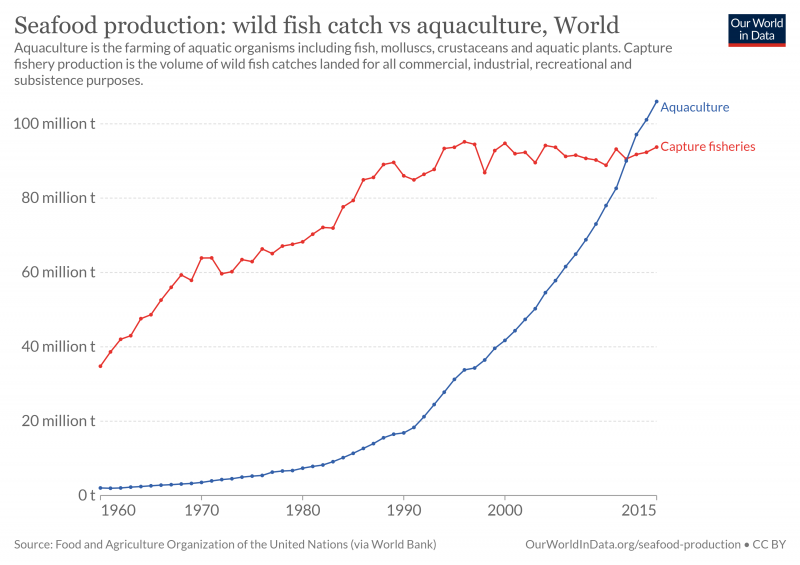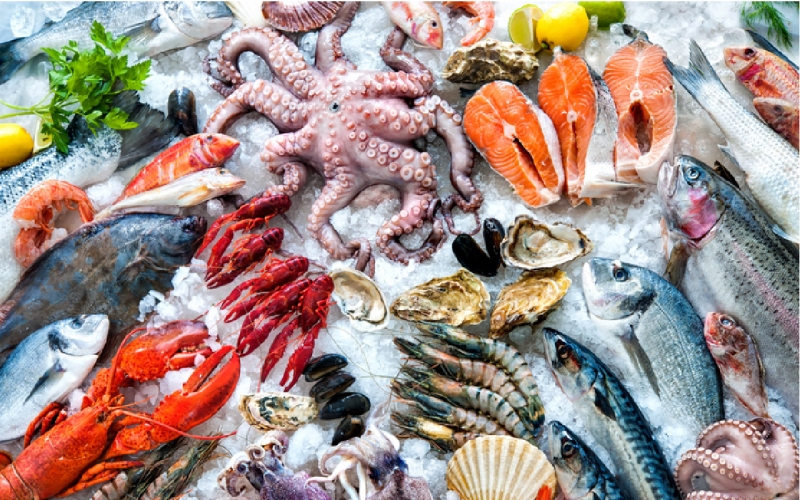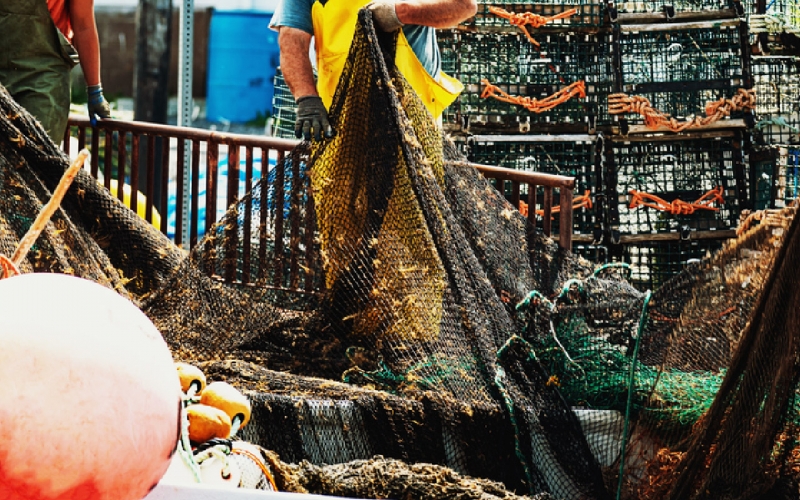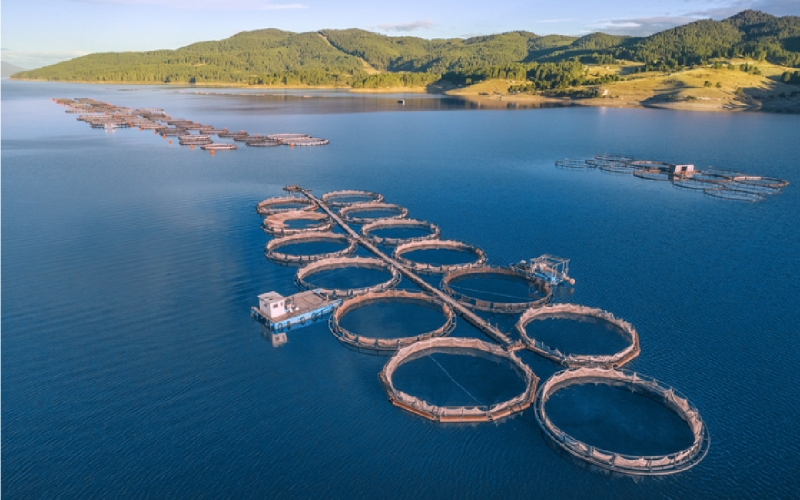Should we farm fish and seafood?
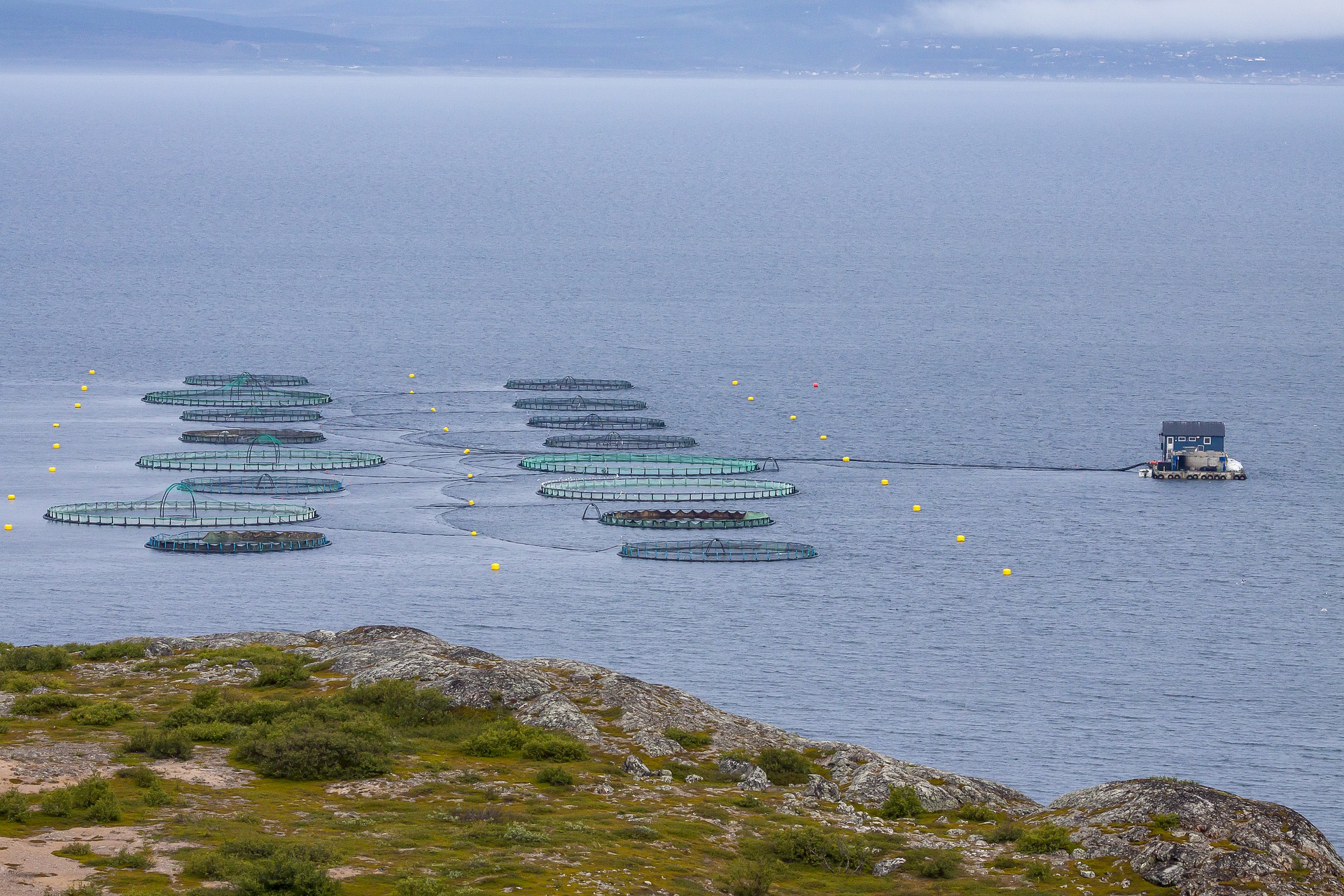
Fish farm in Norway (LTapsaH, Pixabay)

Fish farm in Norway (LTapsaH, Pixabay)
How does this align with my curriculum?
Curriculum Alignment
ON
11
Environmental Science, Grade 11, Workplace (SVN3E)
Strand E: Natural Resource science and Management
BC
9
Science Grade 9 (June 2016)
Big Idea: The biosphere, geosphere, hydrosphere, and atmosphere are interconnected, as matter cycles and energy flows through them.
BC
11
Environmental Science 11 (June 2018)
Big Idea: Human practices affect the sustainability of ecosystems.
NS
7
Science Grade 7 (2020)
Learners will analyse the interconnectiveness of living things and the environment, in relation to the concept of Netukulimk.
YT
11
Environmental Science 11 (British Columbia, June 2018)
Big Idea: Human practices affect the sustainability of ecosystems.
